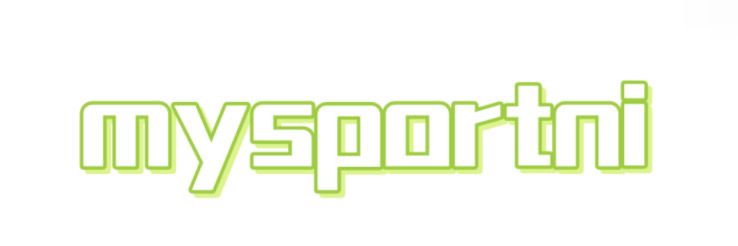How Do Capacitive Screens Work?
If you want to learn more, please visit our website sonnepower.
---.
### Understanding Capacitive Screens: A Comprehensive Guide.
Capacitive screens have become ubiquitous in modern technology, particularly in smartphones, tablets, and touch-enabled devices. Understanding how these screens work can illuminate their advantages and potential applications. .
### What Are Capacitive Screens?
Capacitive screens are touch-sensitive displays that rely on the electrical properties of the human body. Unlike resistive screens, which operate through pressure, capacitive screens detect the electrical charge transferred when a finger touches the surface.
### How Do They Function?
The working mechanism of capacitive screens can be broken down into several key components:
1. **Structure**: A capacitive screen consists of a transparent layer coated with a conductive material, typically indium tin oxide (ITO). Below this layer is a glass substrate that supports the screen’s structure while allowing light to pass through.
2. **Electric Field**: When a finger approaches the screen, it disturbs the electrical field generated across the surface. Each corner of the screen has sensors that monitor these changes.
3. **Signal Processing**: The screen detects the change in capacitance at the point of touch. This information is transferred to a controller, which processes the data and identifies the exact location of the touch.
4. **User Interaction**: The controller sends the coordinate data to the operating system, allowing it to execute the corresponding action (like opening an app or selecting a button).
### Advantages of Capacitive Screens.
Capacitive screens offer several benefits over their resistive counterparts:
- **Multi-Touch Capability**: Many capacitive screens support multi-touch gestures, allowing users to pinch, zoom, and rotate images using multiple fingers simultaneously.
- **Enhanced Durability**: Capacitive screens are generally more durable due to the lack of moving parts and the use of hardened glass, which is less susceptible to wear and tear.
- **Better Clarity and Sensitivity**: These screens typically provide better display clarity, responsiveness, and sensitivity, contributing to a more intuitive user experience.
### Disadvantages to Consider.
Despite their numerous advantages, capacitive screens also have limitations:
- **Limited Functionality with Gloves**: Traditional capacitive screens may not work well with gloves, although certain technologies (like glove-compatible touch displays) are being developed to overcome this issue.
- **Cost**: Capacitive screens are generally more expensive to manufacture than resistive screens, which can affect the overall cost of the device. .
- **Sensitivity to Water**: Sometimes, moisture can interfere with screen functionality, though many modern devices are designed to minimize these issues.
### Applications of Capacitive Screens.
Capacitive screens have found application in various sectors beyond smartphones and tablets:
- **ATMs and Kiosks**: Many self-service terminals use capacitive technology for an enhanced user interface.
- **Automotive Displays**: Certain modern vehicles utilize capacitive screens for dashboard controls and infotainment systems.
- **Industrial Machinery**: Capacitive touch screens are becoming prevalent in heavy machinery for better usability in demanding environments.
### Conclusion.
Capacitive screens have revolutionized personal and commercial technology by providing a more responsive, durable, and user-friendly interface. Understanding their operation and benefits can help consumers choose the right devices and applications for their needs. As technology advances, the capabilities of capacitive screens continue to expand, promising an even more interactive and engaging experience in the future. .
By grasping the fundamentals of how capacitive screens work, users can appreciate their significance in modern gadgets and their role in shaping user experiences.
You can find more information on our web, so please take a look.

